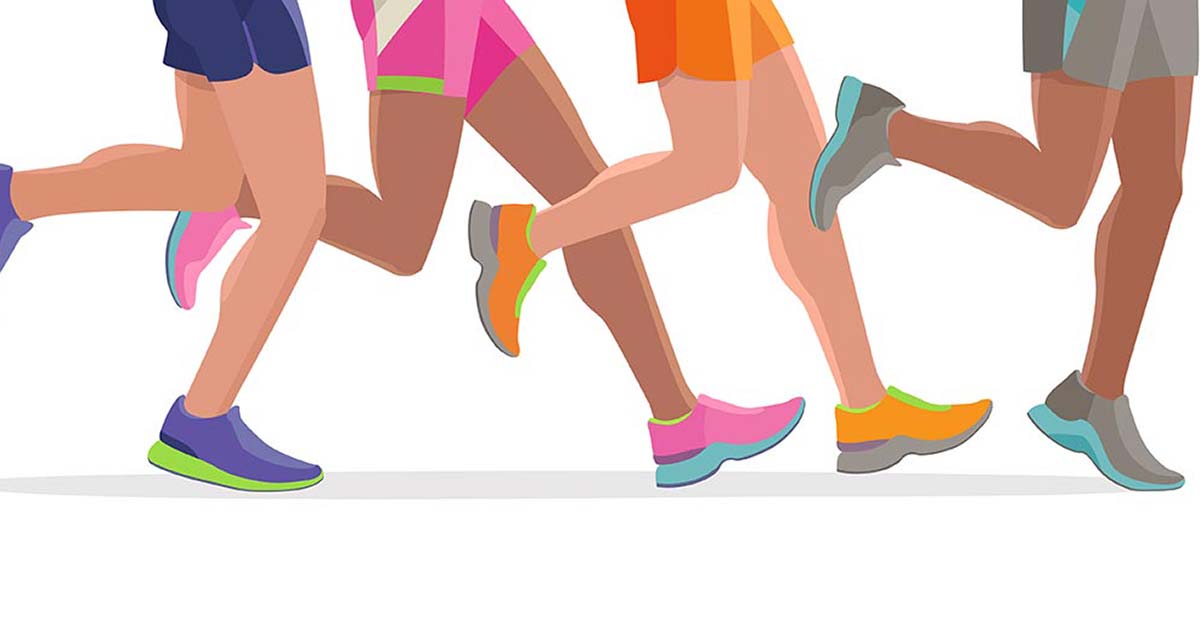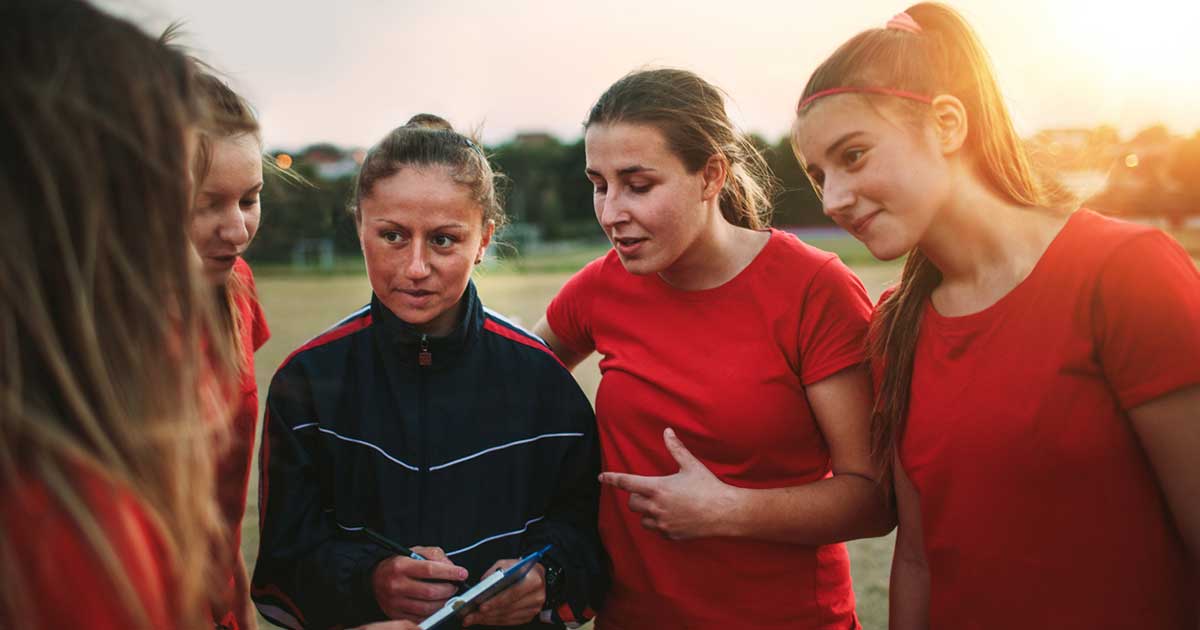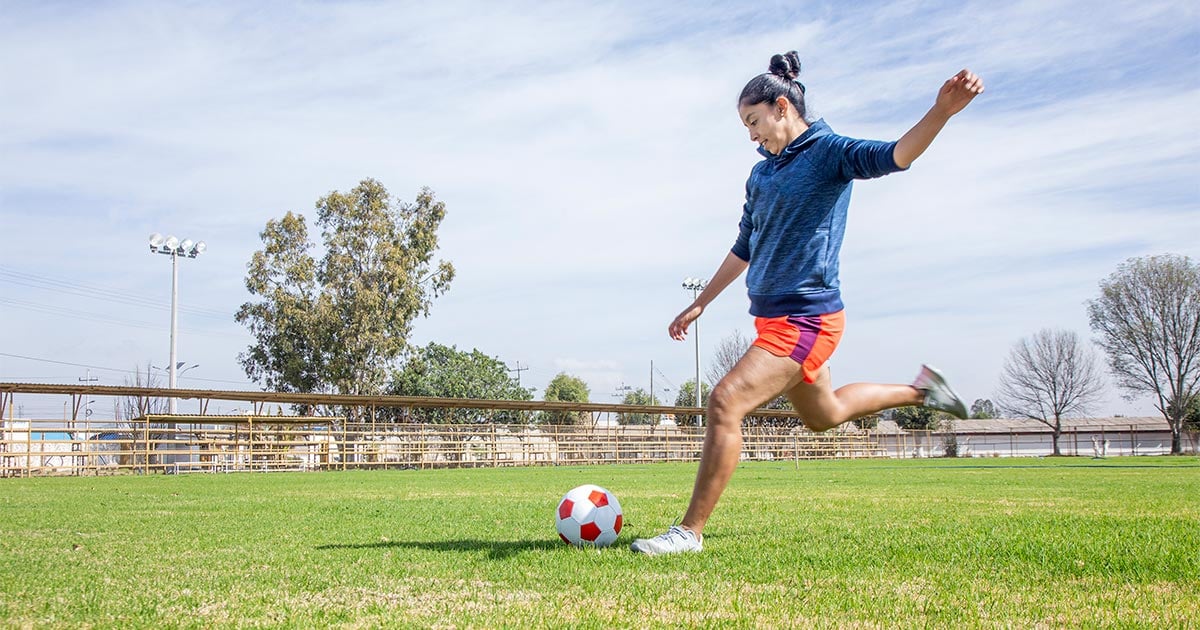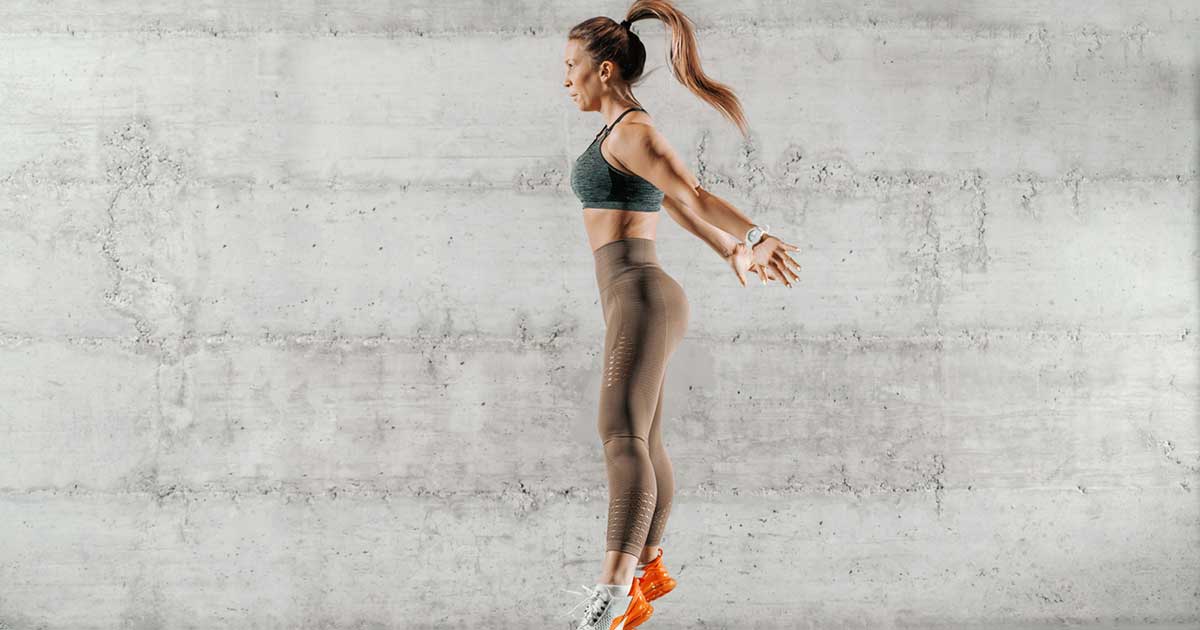
Advice to improve your movement, fitness, and overall health from the #1 in orthopedics in the U.S.
A Guide to Neuromuscular Training
Refining movement patterns and increasing body control are key to this type of exercise.
Advice to improve your movement, fitness, and overall health from the #1 in orthopedics in the U.S.

The refinement of these movement patterns is fundamental to neuromuscular training, a type of physical exercise that focuses on body control, says Andrew Pearle, MD, Chief of the Sports Medicine Service at HSS. “Neuromuscular training develops muscle memory that can optimize athletic movement. This type of training reduces the risk of injury and simultaneously improves performance, particularly for athletes who play team sports that require rapid change of speed and direction like soccer, lacrosse, football and basketball.”
Dr. Pearle and colleagues at HSS recently developed the RIIP REPS app, a free neuromuscular training tool for teams that helps participating athletes build strength, agility, and control when accelerating, stopping and cutting, and jumping and landing. The name “RIIP,” an acronym for “Reduce Injury, Improve Performance,” reinforces the purpose of the app.
“While we don't often think about how we do things like running or jumping, we really should, because we don't always move in ways that are the most efficient or keep stress on the body to a minimum,” says Joseph Janosky, DrPH, MSc, PT, ATC, Director of Sports Injury Prevention Programs at HSS.
Neuromuscular training is all about technique. “Moving efficiently helps keep pressure off of sensitive structures like cartilage and ligaments that can rip or tear with too much stress,” he adds. “Neuromuscular training is used to teach people how to move in ways that keep forces to a minimum so that risk of injury goes down and things like agility, speed and balance go up.”
Neuromuscular Training Fundamentals
Neuromuscular training programs often include exercises to improve movement patterns that influence agility, or how easily you are able to change speed and direction and the ability to absorb force when you jump and land.
Researchers around the world have shown that neuromuscular training can go a long way in reducing the risk of injury among athletes of all ages. “Neuromuscular training programs can dramatically reduce injury rates, sometimes by as much as 80%,” Janosky says. Rates of anterior cruciate ligament (ACL) tears, concussions, ankle sprains and hamstring strains have been shown to decrease among athletes who consistently perform neuromuscular training.
To really reap the benefits, though, it’s not just a matter of learning the proper movement pattern once. Just like a baseball pitcher who practices throwing almost every day, neuromuscular training should be reinforced as a regular component of exercise. “Everyone’s body is different today than it was yesterday, and it'll be different tomorrow. This is especially true for adolescents whose bodies change quickly,” Janosky says.
Put another way, “it’s sort of like taking your vitamins—once you stop doing it, the benefits fade,” says Janosky. “You have to keep taking them, or in this case, training properly, to get results.”
Neuromuscular Training Exercises
While the exercises comprising neuromuscular training programs can vary according to the athlete’s age, “they are most effective when participants receive feedback about their technique regardless of age,” Janosky says. “Younger children and early adolescents can’t often perform the same types of activities as well as people who are older and stronger, but providing feedback about their technique can help younger athletes move better almost immediately.”
Research at HSS has shown that most adolescents are unable to perform common neuromuscular training exercises correctly, with only 45% of boys and 29% of girls ages 14 to 15 able to perform a squat with proper technique. Those percentages increased to 61% for boys and 71% for girls when they were provided with simple cues to improve their technique. “This dramatic improvement highlights the power of the mind-body connection and the importance of providing young athletes with feedback about how they move,” he adds.
Neuromuscular training programs, when performed regularly over time, also boost sports performance. “In a recent study at HSS, we showed that a 12-week neuromuscular training program significantly improved movement patterns, agility, acceleration and speed among high school basketball and soccer players,” Janosky says. “While reducing the risk of injury is important to everyone, improving athletic skills really resonates with young athletes and coaches and is a great way to help promote sustained use of these programs.”
To try out neuromuscular training for yourself, visit RIIPREPS.com, where you can learn more about our free app-based implementation platform for schools, clubs and leagues. To take live neuromuscular training classes from the Sports Injury Prevention Program at HSS.
Published 7/18/2023


